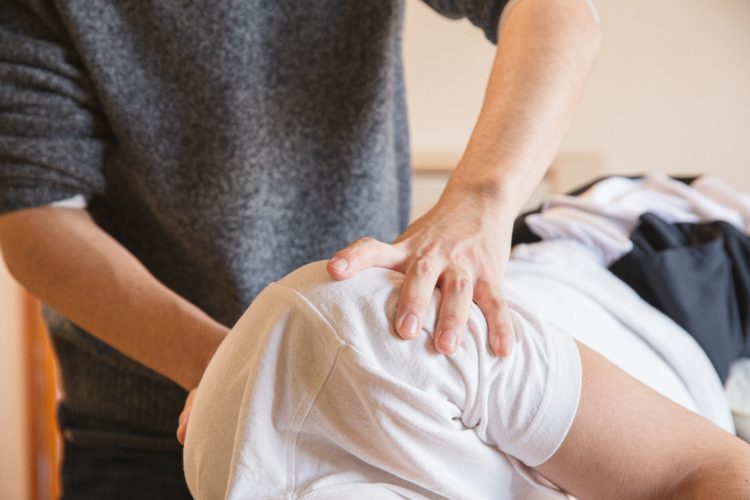
People who survive a road traffic accident are likely to experience significant physical and psychological trauma which may lead to short term or permanent disabilities.
Fortunately access to high quality rehabilitation can drastically improve recovery and the chances of returning to a more normal life – but it isn’t always an easy road.
As part of the Minster Law campaign for National Road Victim Month we are this week focussing on the rehabilitation which can follow an accident, highlighting the long-term impact it can have on people’s lives.
We will be speaking to 3d Rehabilitation, an independent company used by both claimant and defendant customers to assist people with these injuries to return, where possible, to their pre-crash state.
They will provide insight into the rehabilitation which is used to help the more than 120,000 people who suffer an injury which isn’t considered serious each year.
Associate Solicitor Jonathan Bamforth will provide a glimpse into the serious injury side of rehabilitation and later in the series we will also hear the real story of a long-term rehabilitation journey from one of Jonathan’s clients.
Rehabilitation can come in the form of diagnosis, treatment and ongoing care or support.
No two cases are the same and diagnostic services play a pivotal role in assessing and understanding the severity of an injury.
As an independent company 3d Rehabilitation is used by both claimant and defendant customers to assist people with these injuries to return, where possible, to their pre-crash state.
One of the most common injuries they see are cases of whiplash, a soft tissue injury to the neck, of which road traffic accidents are the primary cause.
Clinical Manager at 3d Rehabilitation Lisa Foster said guidelines recommend the importance of access to rehabilitation through physiotherapy to facilitate early mobility and short-term pain relief, in order to encourage early return to usual activity and discourage rest, “which is vital following a road traffic accident”.
“Guidelines recommend rehabilitation following low back pain, which is closely associate with whiplash, to include a package of manual therapy and exercise,” Lisa said.
It has been reported that 300 patients per 100,000 of the population present with whiplash associated disorders each year, that’s close to 200,000 people in the UK.
Lisa said having good quality rehabilitation for the injured party is essential as this will provide pain relief in order to facilitate functional recovery in a safe, controlled way.
“The potential of further injury can be managed to prevent occurrence through clear education and advice regarding the injury and tailored specifically to the lifestyle of the injured party.”
“In addition, more serious spinal pathology can be identified as a safety net in more traumatic injuries.”
For those who are more seriously injured a wider suite of rehabilitation can be needed to help a victim recover.
Associate solicitor Jonathan Bamforth said good, intensive rehabilitation can help to ensure being seriously injured in an accident does not need to be life defining.
“It should be a given for a claimant who has suffered a life changing injury that their solicitor will ensure they receive proper compensation for the injuries and losses they suffer,” he said.
“It should also be a given that they receive the rehabilitation they need to make the best recovery possible following their accident.”
He said for solicitors the work to ensure a client receives the very best rehabilitation starts on the day they’re instructed.
“It is likely that many of our clients will be in hospital for some time following their accident, but that is when the groundwork for discharge and beyond can begin.”
“Finding out about our client and their family helps us to understand what needs to happen quickly to prepare for discharge.”
He said they will nearly always instruct a case manager to organise things like adaptions to the family home, identify and purchase necessary equipment and organise a team of therapists to provide treatment for as long as necessary to ensure that the best recovery is achieved.



